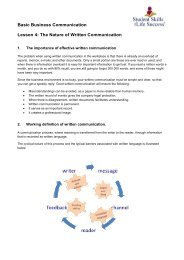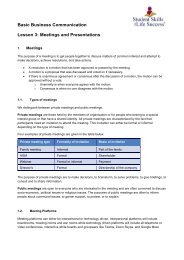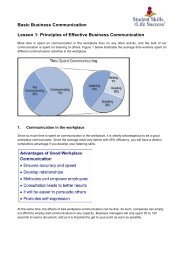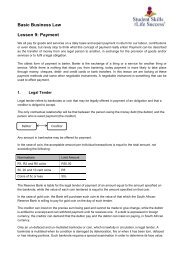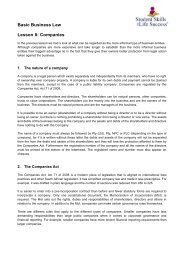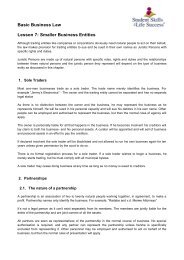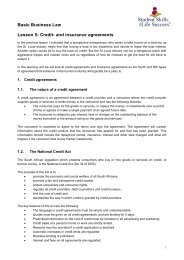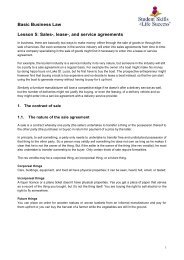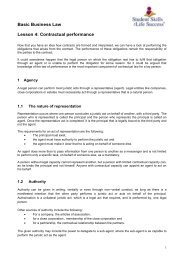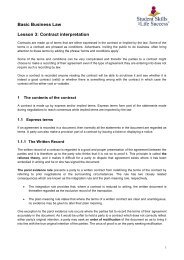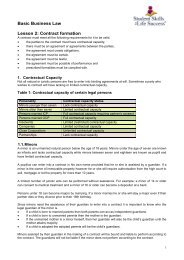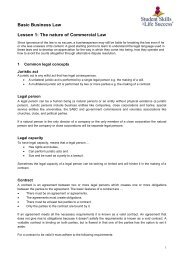Basic Business Communication. Lesson 2. Spoken Communication
This is the second lesson for Basic Business Communication. The following topics are covered in this lesson: 1. The nature of spoken communication 2. Spoken language 3. Aspects of voice 4. Direct vs indirect speech 5. Planning to speak 6. Spoken communication in the workplace Video Links https://youtu.be/3ScVSAJjQkQ?si=E33-mTxk0mQtjsMl https://youtu.be/ybuXntdPAWY?si=psgfHxUe0xn1Cd4o
This is the second lesson for Basic Business Communication. The following topics are covered in this lesson:
1. The nature of spoken communication
2. Spoken language
3. Aspects of voice
4. Direct vs indirect speech
5. Planning to speak
6. Spoken communication in the workplace
Video Links
https://youtu.be/3ScVSAJjQkQ?si=E33-mTxk0mQtjsMl
https://youtu.be/ybuXntdPAWY?si=psgfHxUe0xn1Cd4o
You also want an ePaper? Increase the reach of your titles
YUMPU automatically turns print PDFs into web optimized ePapers that Google loves.
Whereas direct speech requires a face-to-face meeting with other people,<br />
indirect speech requires a meeting device. Examples of indirect speech includes<br />
phone – and conference calls, addresses over a PA system, or radio and TV broadcasts.<br />
The characteristics of indirect communication are that there is no eye contact, and it is fast and convenient.<br />
Like direct communication, it can be one-way or two-way, and it can be with or without feedback.<br />
The advantages of indirect speech are listed below.<br />
5. Planning to speak.<br />
In our normal day-to-day interaction with friends and family, we will always speak spontaneously, but when<br />
we have to speak in a formal capacity, it is important to plan before we speak. The figure below sets out the<br />
four-step preparation of prepare, practice, deliver and master.





